Results
-
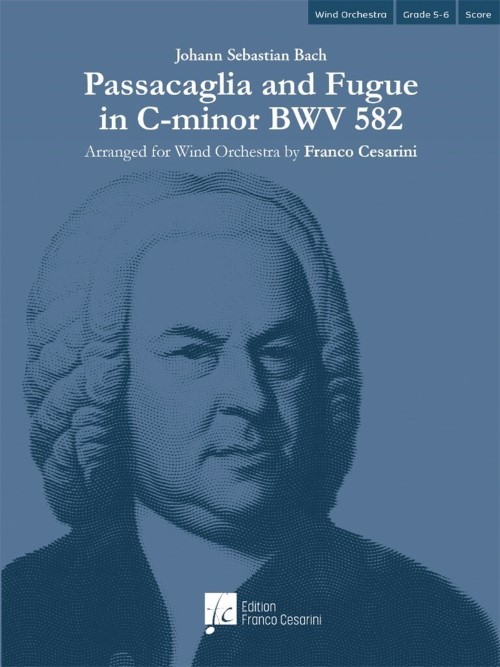 £171.00
£171.00Passacaglia and Fugue in C minor BWV 852 (Concert Band - Score and Parts) - Bach, Johann Sebastian - Cesarini, Franco
The Passacaglia is a set of instrumental variations based on an ostinato bass. Bach's Passacaglia and Fugue in C-minor for organ represents the pinnacle of what had been achieved in this compositional form at that time. In Franco Cesarini's arrangement for large wind orchestra, the particularly careful interpretation of the original piece enables him to exploit all the sound colors at his disposal, and in this sumptuous guise Bach's work also takes on a grandiose dimension, albeit tinged with late-Romanticism. The exposition of the beautiful theme begins in the bass part, immediately creating a solemn and serious atmosphere which is accentuated by the intensely pathetic character of the first variations. Up to the tenth variation it remains confined to the bass, but in subsequent ones it also passes to the soprano and alto register. The integrity of the theme is also embellished with elegant arpeggios, in whose lower and higher extensions the theme can be distinguished. Towards the end it returns to the bass in an impressive thickening of the polyphonic texture that swiftly re-establishes the key of C-minor. The "Thema fugatum" which follows immediately does not constitute a Fugue in its own right, rather it is nothing but the twenty-first and most extensive variation of the Passacaglia. This time Bach uses only the first half of the theme, superimposing a rhythmic countersubject that considerably enlivens the entire development of the composition. The polyphonic discourse becomes increasingly dense, until the building tension peaks in a powerful "Neapolitan sixth" chord, followed by a sudden pause. This culminating moment then leads to the coda and final cadence on a bright C-major chord. Duration: 12.45
Estimated dispatch 7-14 working days
-
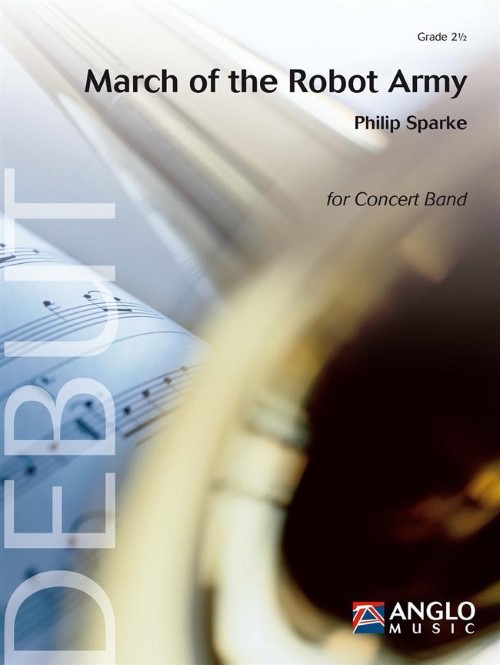 £99.99
£99.99March of the Robot Army (Concert Band - Score and Parts) - Sparke, Philip
March of the Robot Army was commissioned by Linda Anzolin and Giordano-Bruno Tedeschi for Campobanda 2019, with funds made available by Just Italia. Campobanda is an Italian summer music camp for 8 to 18 year olds which has a different theme every year. The theme for 2019 was science fiction, so composer Philip Sparke chose to write a robot march. After a quirky introduction featuring trumpet calls and chromatic figures, the main theme appears in a minor mode on clarinet and tenor sax and is then taken up by the full band. A change of key heralds a new theme, led by the trumpet and again repeated by the full ensemble. A further change of key introduces a legato trio melody over a rather robotic accompaniment: instruments are added bit by bit until a climax is reached. Small motifs from the introduction then lead back to a full recapitulation, revisiting the first two themes in new guises before finishing the march with a flourish.Duration: 5.00
Estimated dispatch 7-14 working days
-
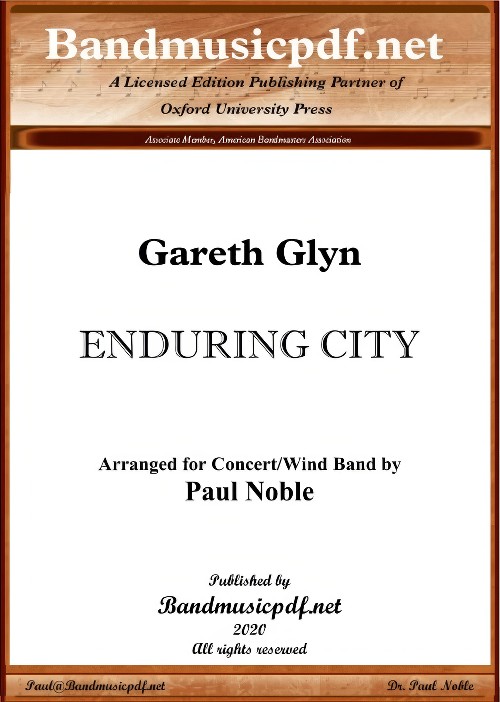 £295.00
£295.00Enduring City (Concert Band - Score and Parts) - Glyn, Gareth - Noble, Paul
Enduring City was composed to celebrate the 300th anniversary of the founding of New Bern, the first permanent seat of the colonial government of the state of North Carolina. It was first settled in 1710 by Swiss and German immigrants under the leadership of Christoph von Graffenried and and John Lawson. The 2010 composition was commissioned by the New Bern 300th Anniversary Committee and the City of New Bern, to portray the city in terms of its history, its present and its optimism for the future; the North Carolina Symphony gave its first performances, in venues throughout the state. Its one continuous movement is in well-defined sections. Most of the musical themes derive from names of people and places connected with New Bern, using letters that are also note-names, omitting those which are not. For example, the opening trumpets spell out E-B-E-D for New Bern ('R' standing for Re, which is D in fixed-doh sol-fa notation) and B-C-G for Baron Christoph von Graffenried. They are answered by the orchestra's "John Lawson, Gent.", the name on the cover of the co-founder's A New Voyage to Carolina. Lawson's questing and adventurous character is then suggested, accompanied by a "Carolina" note-name theme; and, after the Graffenried theme on solo horn, the music of both men combines for their voyage, culminating (on trumpets and trombones) in the founding of New Bern. The story of Tryon Palace, central to the city's history, is represented by echoes of the various kinds of music heard at the Governor's residence - fife and drum bands, minuets and the slaves' "Jonkonnu" festivals from Africa, celebratory fanfares and fireworks; the section reaches a climactic ending when all are combined. After a peremptory interruption by the snare drum, the perky fife theme is transformed to portray the conflicts that visited New Bern over the centuries, alternating with a new "grief" theme, which - when sounded by strings alone - leads to music of reconciliation and then of the natural beauty of the city's surroundings. A steady, lively rhythm underpins the final section, confidence - in the present and for the future. Echoes of previous themes are heard, but the closing peroration is reserved for a majestic and joyous statement of the name of New Bern itself.
Estimated dispatch 7-14 working days
-
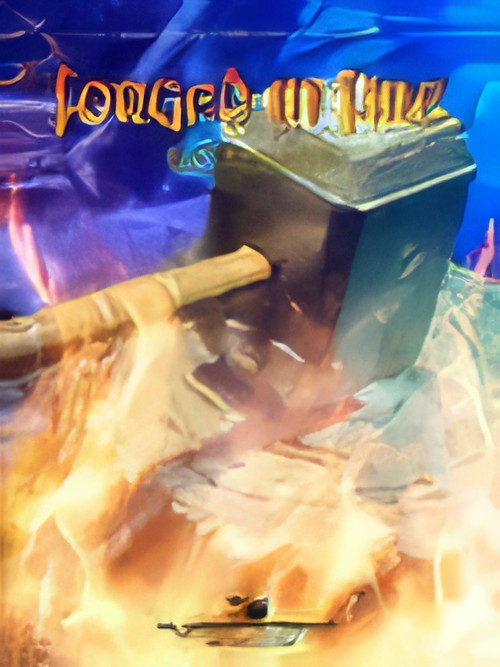 £84.00
£84.00Forged in Fire (Concert Band - Score and Parts) - Romeyn, Rob
An epic programmatic piece, "Forged In Fire" is a work of vibrant energy, vivid color and immense power. It draws inspiration from the immense power and uses of fire, and its effect on early civilization and industrialization. A calm and sensitive introductions leads to a new theme at a quickening tempo. This theme, stated simply at first, is then embellished by a driving rhythm multi-meter effect, and further developed with layered contemporary harmonies, changing textures and variations on the theme. After a breathtaking climax, the original theme is restated, more powerfully this time. It then subsides, before building to a shimmering, red hot ending that will leave your audience breathless. Certain to become a mainstay for concert and festival use. Not to be missed! Duration: 4.45
Estimated dispatch 7-14 working days
-
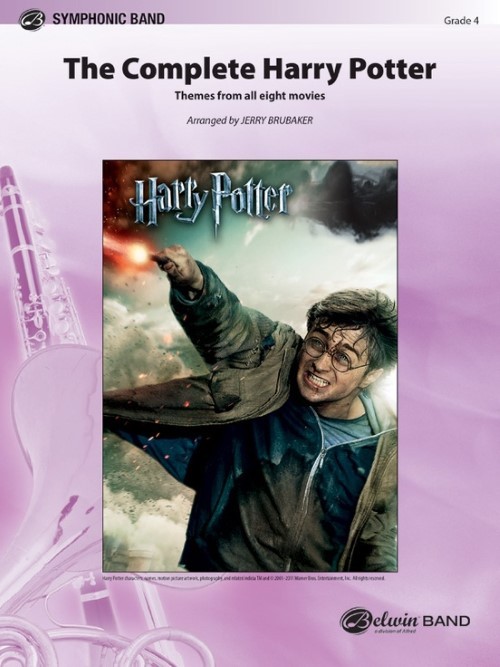 £86.50
£86.50The Complete Harry Potter (Concert Band - Score and Parts) - Brubaker, Jerry
Themes from all eight moviesThe wizard lives on! Some of the most beautiful and exciting themes from all of the Harry Potter movies are beautifully arranged into one manageable work. Over a ten-year period, four different composers contributed poignant and truly magical scores to eight award-winning films. In less than 12 minutes the listener can experience "Hedwig's Theme," Nimbus 2000," "Hogwarts," "Quidditch," "Harry's Wondrous World," "Fawkes the Phoenix," "Harry in Winter," "Dumbledore's Farewell," "Voldemort", and the intense "Elder Wand" theme where Voldemort wickedly thrusts Dumbledore's Wand to the sky! More themes abound including the mysterious "Lily's Theme", "The Friends," "The Weasly Stomp," and "Obliviate." A fitting finale, John Williams' compelling "Family Portrait" theme is used in the finale of the final film to send off future wizards as they board Hogwarts Express.Duration: 11:45
Estimated dispatch 7-14 working days
-
 £56.50
£56.50Air and Variations (Concert Band - Score and Parts) - Kreines, Joseph
Air and Variations is designed to expose students to the variation form through the use of contrasting styles, tempi and meters. The work opens with a statement of the theme presented by flute, clarinet and trumpet in legato, lyric style. Variation 1 is a toccata featuring marcato eighth notes, providing a rhythmic version of the theme. Variation 2 is a romance with the theme presented in a slow, expressive setting. Variation 3 is a gently lilting waltz with the theme appearing in flutes and trumpets. Variation 4 is a stately, triumphant processional-style march which provides the conclusion of the work. Duration: 3.15
Estimated dispatch 7-14 working days
-
 £206.99
£206.99Chorale and Variations (Concert Band - Score and Parts) - Sparke, Philip
As the title suggests, this piece comprises a set of variations on an original chorale,which is presented in the opening bars.The chorale uses the dark middle and lower sections of the band and is extended with minor variations until a pause leads to the first real variation, marked Vivo. This is in the form of a moto perpetuo. The second variation is a beautiful Andante introduced by a solo clarinet. Following a full band climax the final variation opens with quiet, nervous energy until its main theme is introduced.The chorale makes a brief appearance until the main theme reappears. This leads to a triumphant final augmented statement of the chorale theme, decorated by the florid clarinet theme in the upper woodwinds. A dazzling concert work.Duration: 14:00
Estimated dispatch 7-14 working days
-
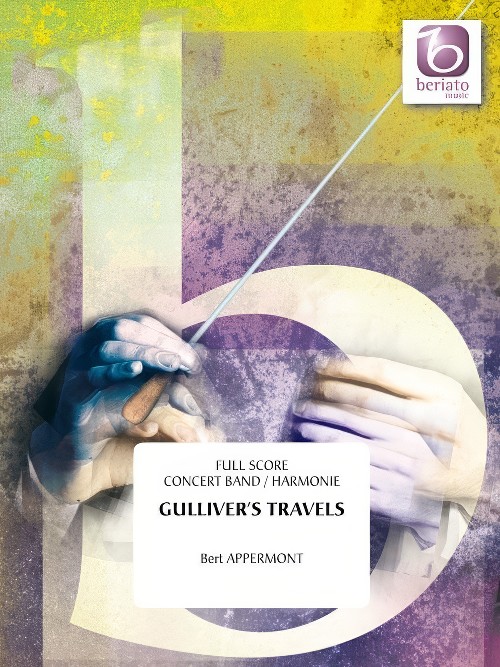 £134.99
£134.99Gulliver's Travels (Concert Band - Score and Parts) - Appermont, Bert
The book Gullivers Travels (1726) by author Jonathan Swift formed the provocation for writing this composition. Even though this composition isnt a literal representation of the original story, a number of elements were still retained. The ships doctor Gulliver finds himself in 4 (fictive) areas, each with their own inhabitants and customs. Each part of this suite also received the name of one of these areas:I. Lilliput The enterprising Lilliputians are represented by a playful, common theme in the first part.II. BrobdingnagIn the land of "Brobdingnag" Gulliver is carried off by gigantic giants, which you hear approaching with the sounds of the bassinstruments. The same theme is constantly repeated and quickened in order to increase the tension.III. LaputaLaputa is an island that floats in the air; its inhabitants are strange people with slanting heads. The dreamy, special atmosphere is especially well conveyed here.IV. The HouyhnhnmsFinally Gulliver finds himself in the land of the Houyhnhnms, where intelligent and noble horses rule over the primitive, undeveloped people (yahoos). The trumpets in the brilliant opening express the galloping horses; the gallant theme that follows (horns and trombones) symbolises the primitive yahoos. The whole composition ends with a big finale.I intentionally tried to limit the degree of difficulty of Gullivers Travels. Despite this I think that this work can appeal to many orchestras due to the colourful orchestration (cues are provided where needed), the simple and clear theme and the highly imaginative breeding ground of a beautiful story around which this composition is built." Duration: 8:00
Estimated dispatch 7-14 working days
-
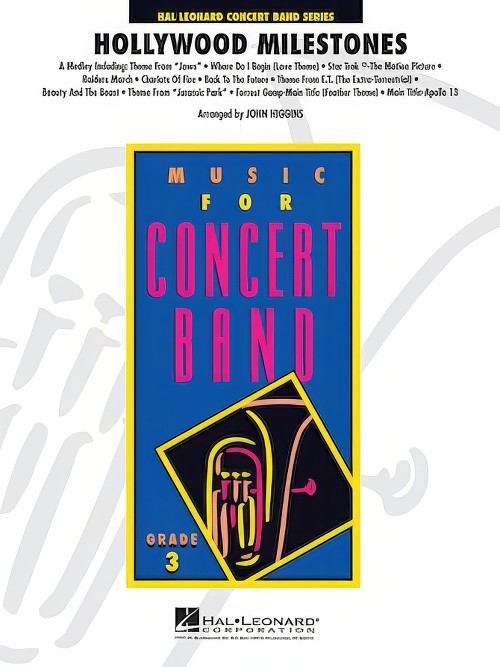 £72.99
£72.99Hollywood Milestones (Concert Band - Score and Parts) - Higgins, John
A blockbuster medley that includes some of the best musical icons from the last twenty-five years of film history. Includes: Theme from Jaws; Where Do I Begin (Love Story Theme); Star Trek - The Motion Picture; Raiders March; Chariots of Fire; Back to the Future; Theme from E.T.; Beauty and the Beast; Theme from Jurassic Park; Forrest Gump - Main Title; Main Title - Apollo 13.
Estimated dispatch 7-14 working days
-
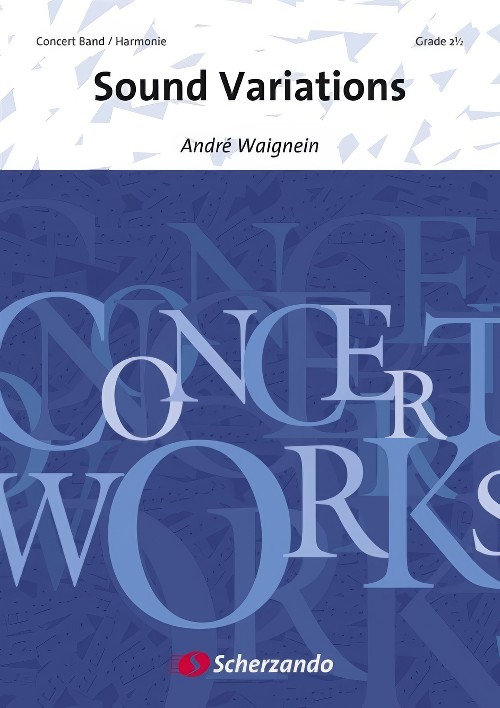 £134.99
£134.99Sound Variations (Concert Band - Score and Parts) - Waignein, Andre
Sound Variations is a work comprising of eight short sections, each based on a simple theme, each characterised by a great variety of styles and sounds. It opens with a fanfare-like introduction that soon leads into the presentation of the main theme followed by five variations on this theme. Each of these variations has its own style: Swing, Latin, Waltz, March and Rock. After a final repeat of the main theme, the work comes to an end with a brilliant finale.Duration: 10:30
Estimated dispatch 7-14 working days
